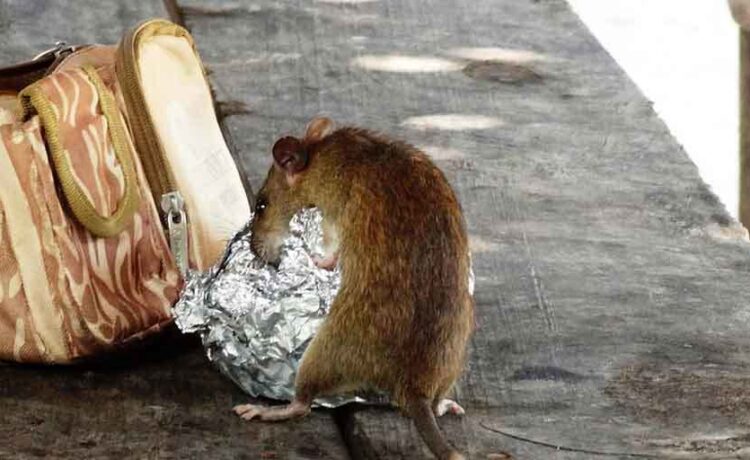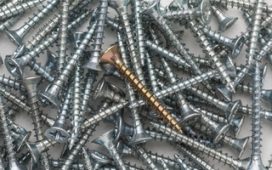Rodents are unwelcome guests in any home, yet there’s a surprising amount of misinformation about how to effectively keep them at bay. With the rise of quick-fix solutions and old wives’ tales, it’s essential to separate fact from fiction. Rather than blindly believing in myths, you should seek professional Reston Pest Control Services if you think the situation is out of control.
Here, we debunk some of the most common myths about rodent control and provide practical, evidence-based strategies that truly work.
Myth 1: Ultrasonic Repellents Are Effective Against Rodents
One of the most prevalent myths is that ultrasonic repellents can drive rodents away with sound waves imperceptible to human ears. While manufacturers claim these devices can deter mice and rats by creating an uncomfortable environment, scientific evidence supporting their efficacy is sparse. However, studies have shown mixed results, and rodents often become accustomed to the sound over time, rendering the device ineffective. Instead of relying on ultrasonic devices, focus on proven methods like sealing entry points and maintaining cleanliness.
Myth 2: Cats Are Sufficient for Rodent Control
The notion that having a cat in the home will solve all your rodent problems is another widespread myth. While it’s true that some cats are excellent hunters and can reduce the number of rodents, relying solely on a feline friend is not a comprehensive solution. Not all cats have the instinct to hunt, and those that do may only catch rodents sporadically. Moreover, a single cat cannot manage a large infestation. It’s best to combine natural deterrents with practical strategies like setting traps and using professional pest control services for a more effective approach.
Myth 3: Rodents Only Infest Dirty Homes
Many people believe that rodents are only drawn to filthy or unkempt homes. In reality, rodents are opportunistic and will invade any home that offers food, water, and shelter, regardless of its cleanliness. While a clean home is less attractive, any house can become a target if it provides easy access and resources. So, to minimize the risk of infestation, ensure your home is well-sealed and regularly inspected for entry points, and maintain a clean and organized space.
Myth 4: Cheese Is the Best Bait for Traps
The stereotype of a mouse nibbling on a piece of cheese is ingrained in popular culture, but when it comes to baiting traps, cheese isn’t always the best choice. Rodents are actually more attracted to high-calorie foods like peanut butter, seeds, or nuts. Peanut butter, in particular, makes an excellent bait because its sticky texture ensures that rodents can’t easily grab it and run, increasing the chances of a successful catch.
Myth 5: DIY Rodent Control Methods Are Always Cheaper and More Effective
While some do-it-yourself methods can be effective for minor issues, they often fall short in dealing with larger infestations. Many homeowners underestimate the extent of their rodent problem, leading to recurring issues and additional costs. Professional pest control services offer comprehensive inspections and tailored solutions that address the root of the problem, ultimately saving time and money in the long run.
What Really Works?
To effectively manage rodent populations, it’s essential to rely on strategies grounded in evidence and best practices:
- Sealing Entry Points: Rodents can squeeze through surprisingly small openings. You should conduct a thorough inspection of your home to identify and seal potential entry points, such as cracks in the foundation, gaps around doors and windows, and holes around utility lines.
- Maintaining Cleanliness: Regular cleaning and proper food storage are crucial. Store food in airtight containers, clean up spills promptly, and ensure trash bins are sealed tightly.
- Using Traps: Traps are effective for controlling current infestations. In fact, snap traps are quick and humane, while live traps can be used for catch-and-release strategies. Try to position traps in areas with high rodent activity, such as along walls and behind appliances.
- Professional Pest Control: For persistent or severe infestations, consulting a professional pest control service is often the best course of action. Professionals can identify vulnerabilities, apply treatments effectively, and offer advice on preventive measures.
- Regular Inspections: Frequent checks of your home can help catch issues early. Always look for signs of rodent activity, such as droppings or gnaw marks, and address them promptly.
Conclusion
By debunking these myths and focusing on proven rodent control methods, homeowners can better protect their homes from these pesky intruders. A proactive approach combined with reliable strategies ensures a rodent-free environment and peace of mind.







